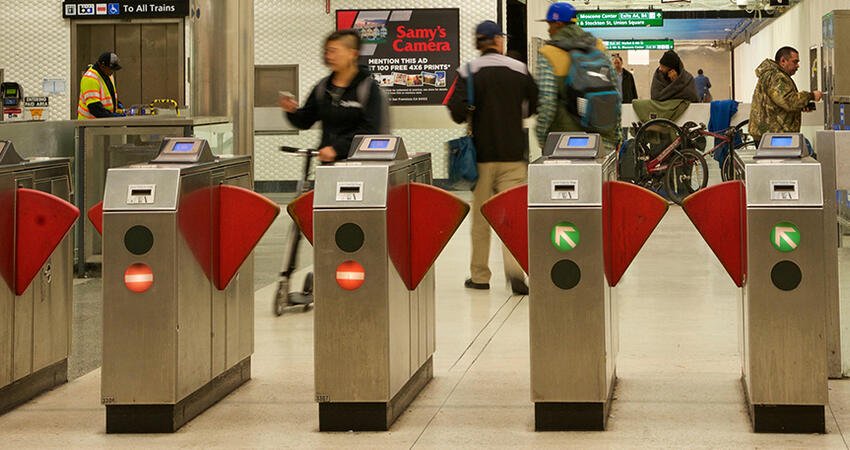
Controlling Costs for Transit-Oriented Affordable Developments in California
- Title:
- Controlling Costs for Transit-Oriented Affordable Developments in California
- Author:
-
Matthew Palm, Deb Niemeier
- Source:
-
Housing Policy Debate
- Publication Date:
-
2017
Does building affordable housing near rail or in jobs-rich communities increase development costs per unit? California has spent more than a billion dollars building subsidized affordable housing near public transit to help ensure low-income households are not displaced because of transit-induced gentrification. Matthew Palm and Deb Niemeier studied how much of the cost of affordable housing in California stems from the emphasis the state housing policy puts on rail access. The authors did cost modeling using budget and land-use data for about 500 tax credit–financed homes that applied for tax credits between 2008 and 2016. Their analyses challenge the thinking that building affordable housing near transit-oriented development must be cost-prohibitive and finds that prioritizing affordable housing integration with rail transit and job access is not significantly associated with rising costs of providing affordable housing.
Key findings
- Developers are building near transit to absorb the costs associated with infill development.
- The authors did not find a significant effect of proximity to rail on development costs. There is only a significant effect on projects higher than four stories, but this cost impact is absorbed by the developers of the four-story buildings.
- Only jobs-housing balance correlates significantly with per unit development costs. As the number of jobs relative to housing within a five-mile radius of the site increases by 1, per unit development cost increases only 5 percent on average.
- Job access within a 45-minute transit or automobile commute also has a weak effect on unit cost, but the greater number of jobs relative to housing around a project, the higher the total development cost per unit.


